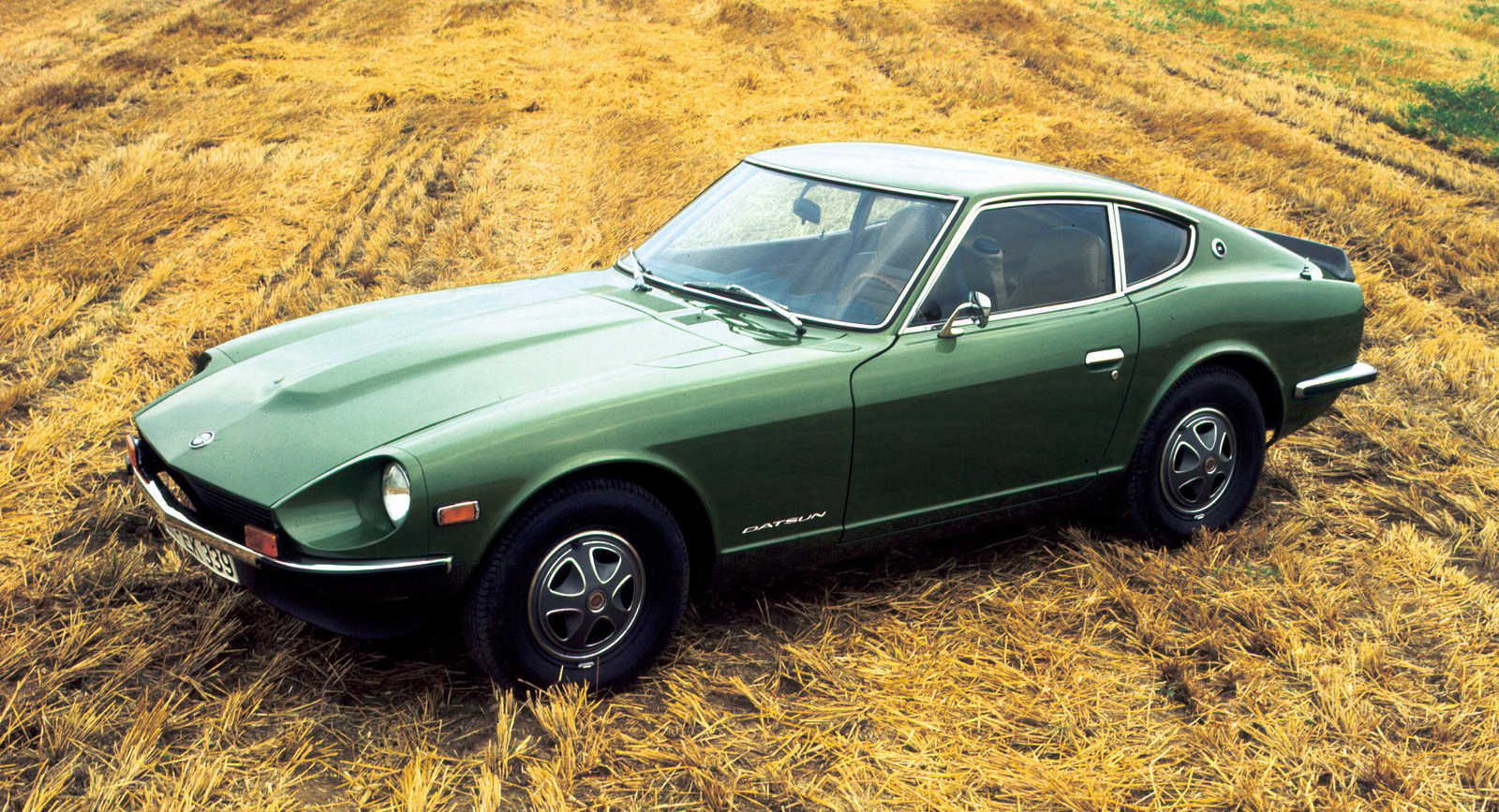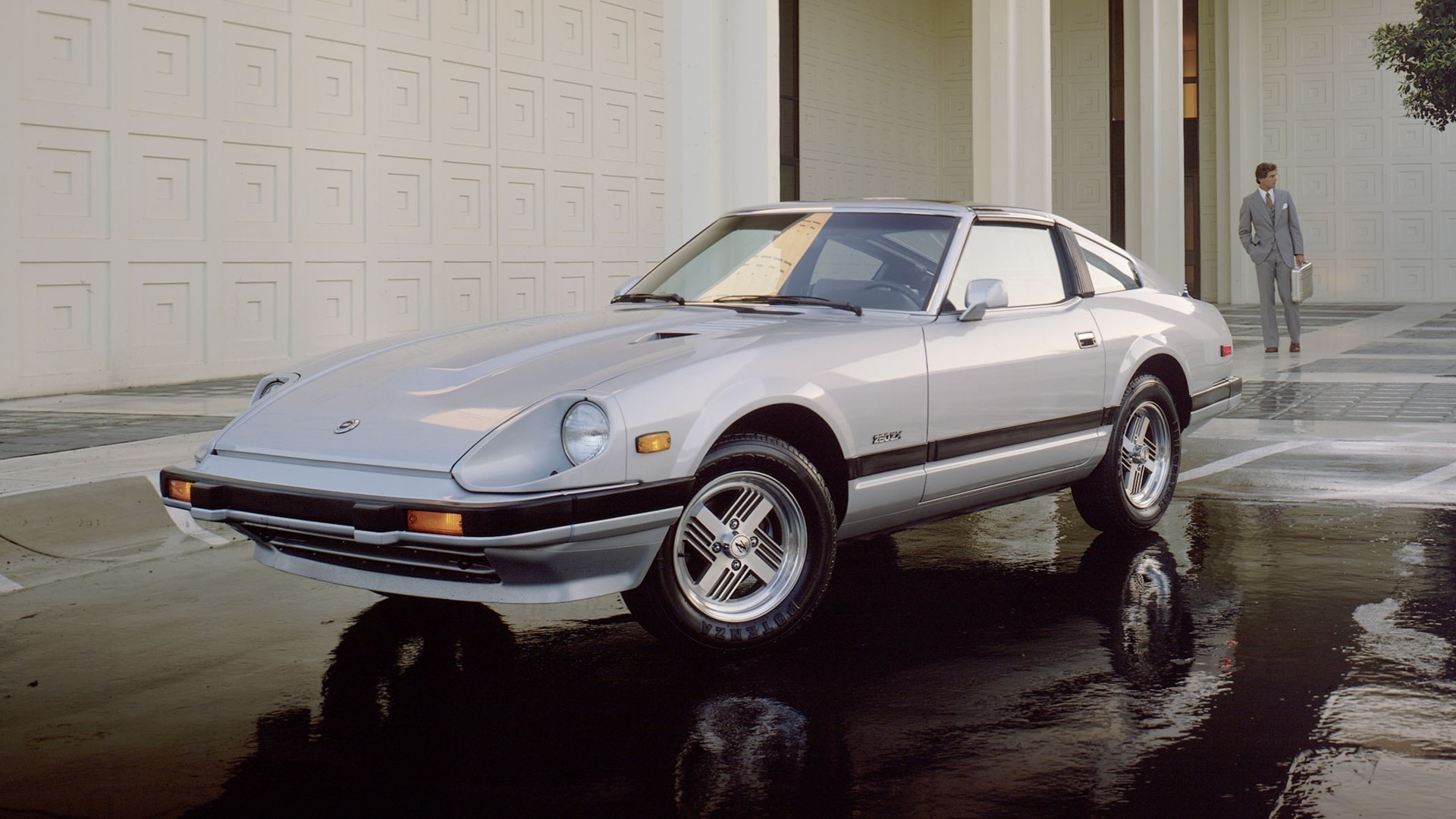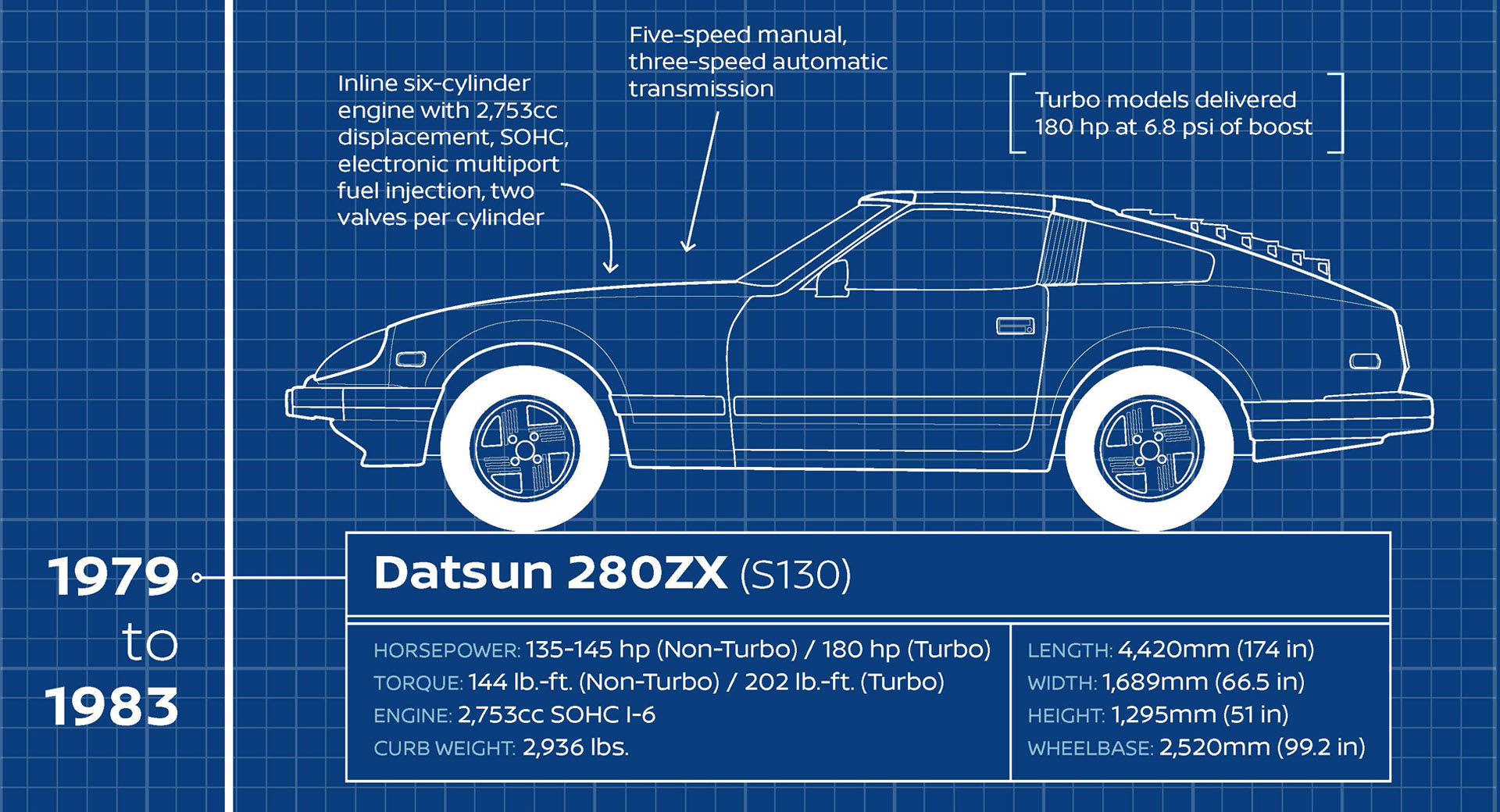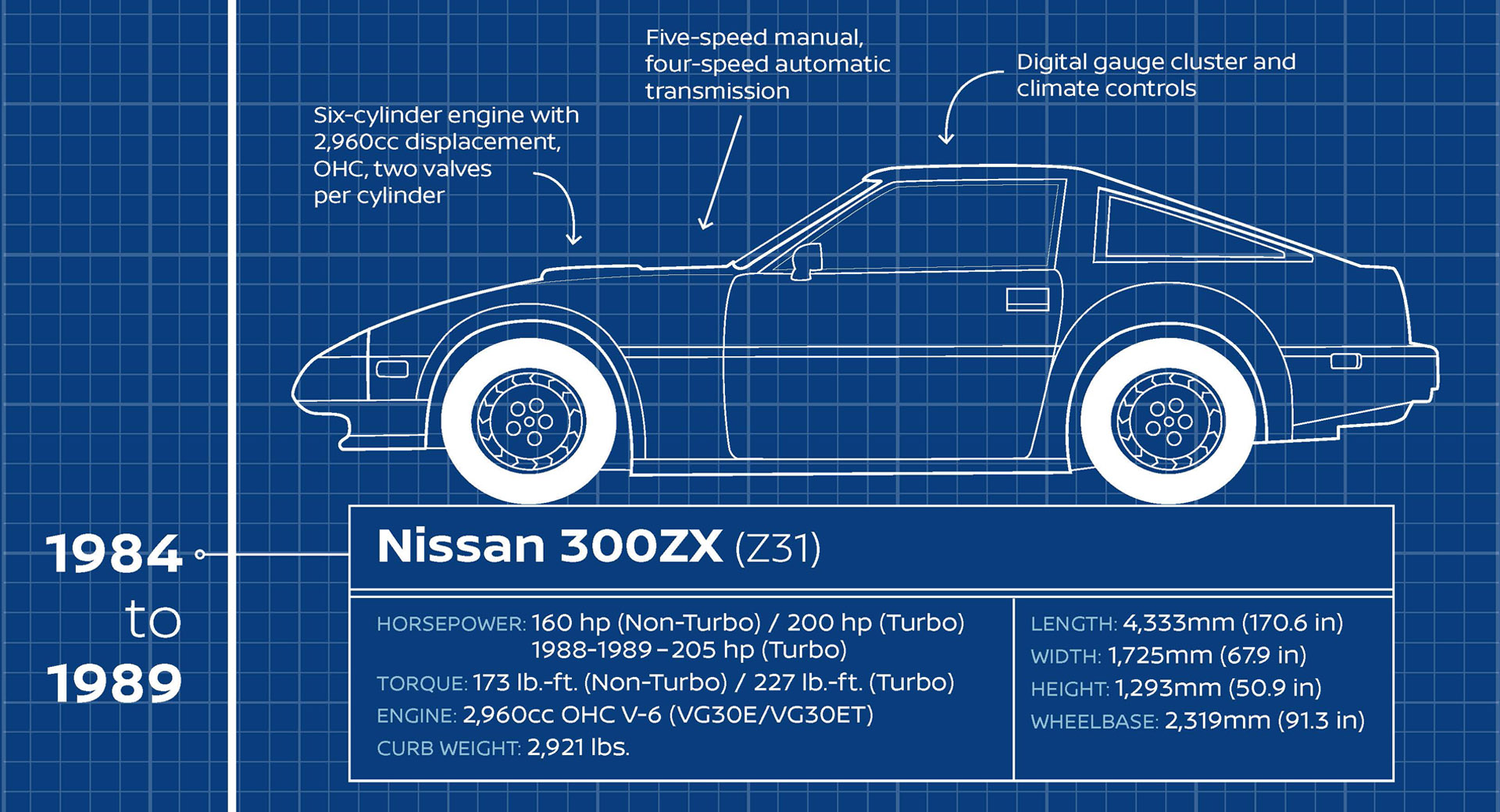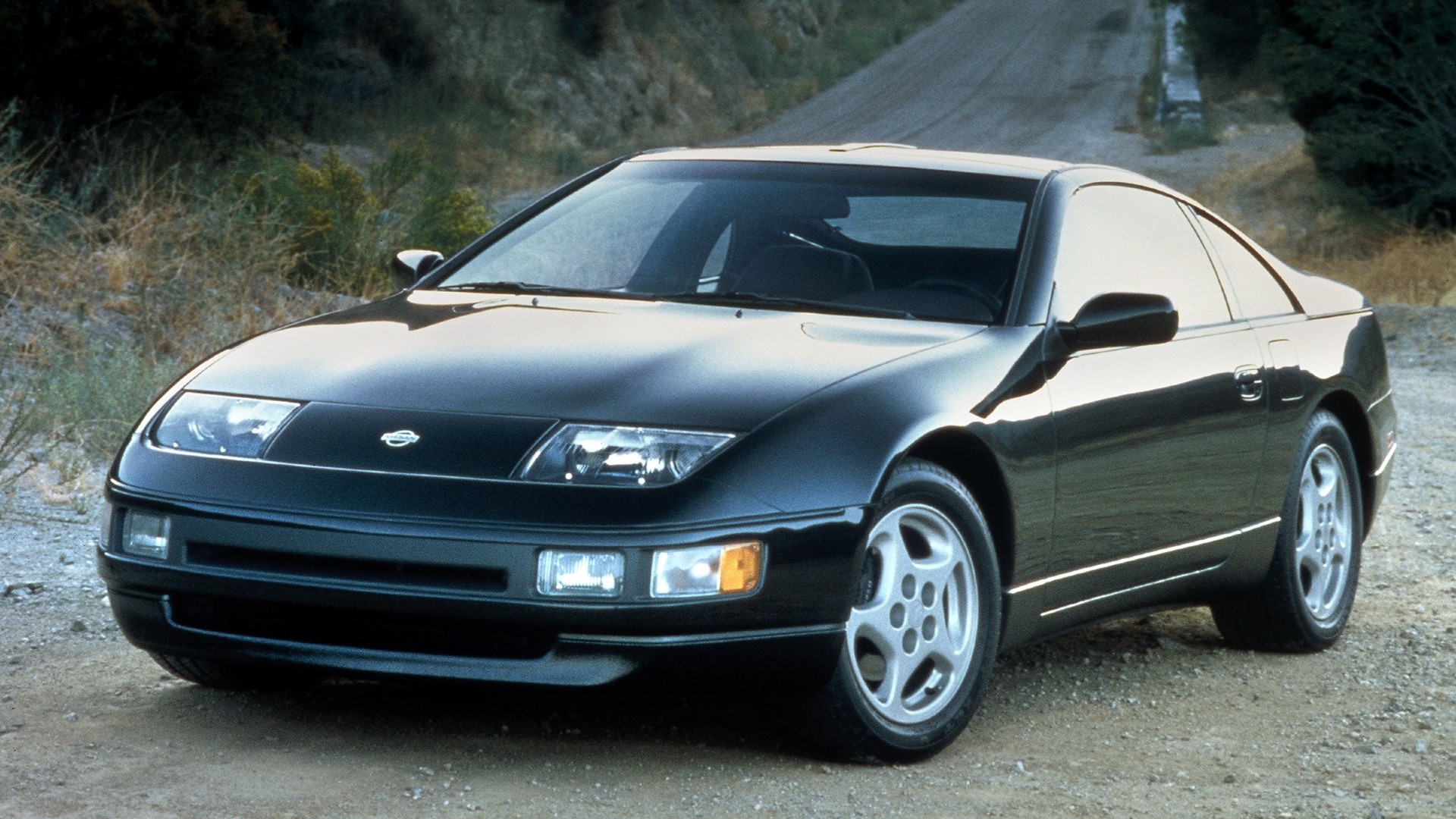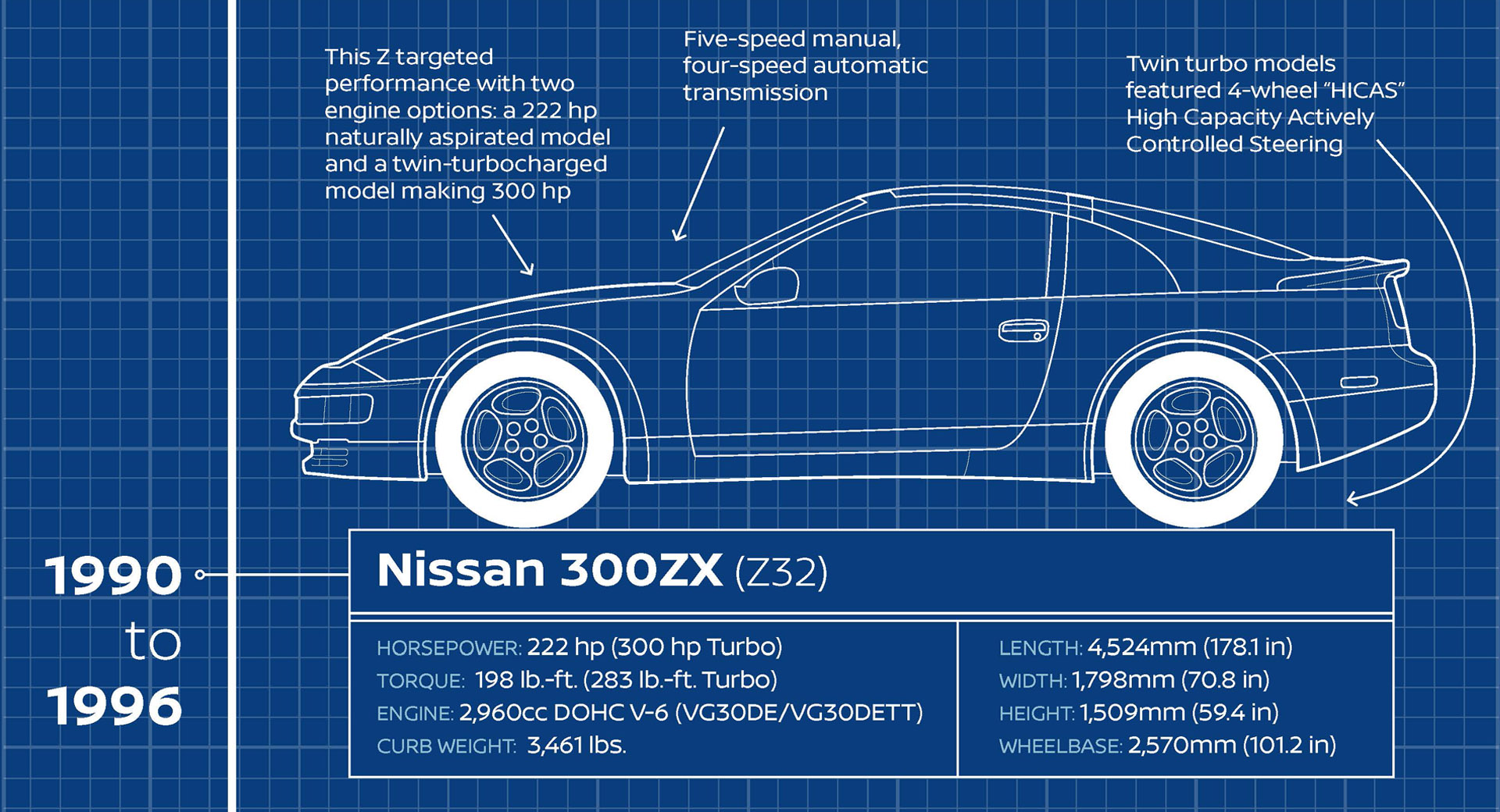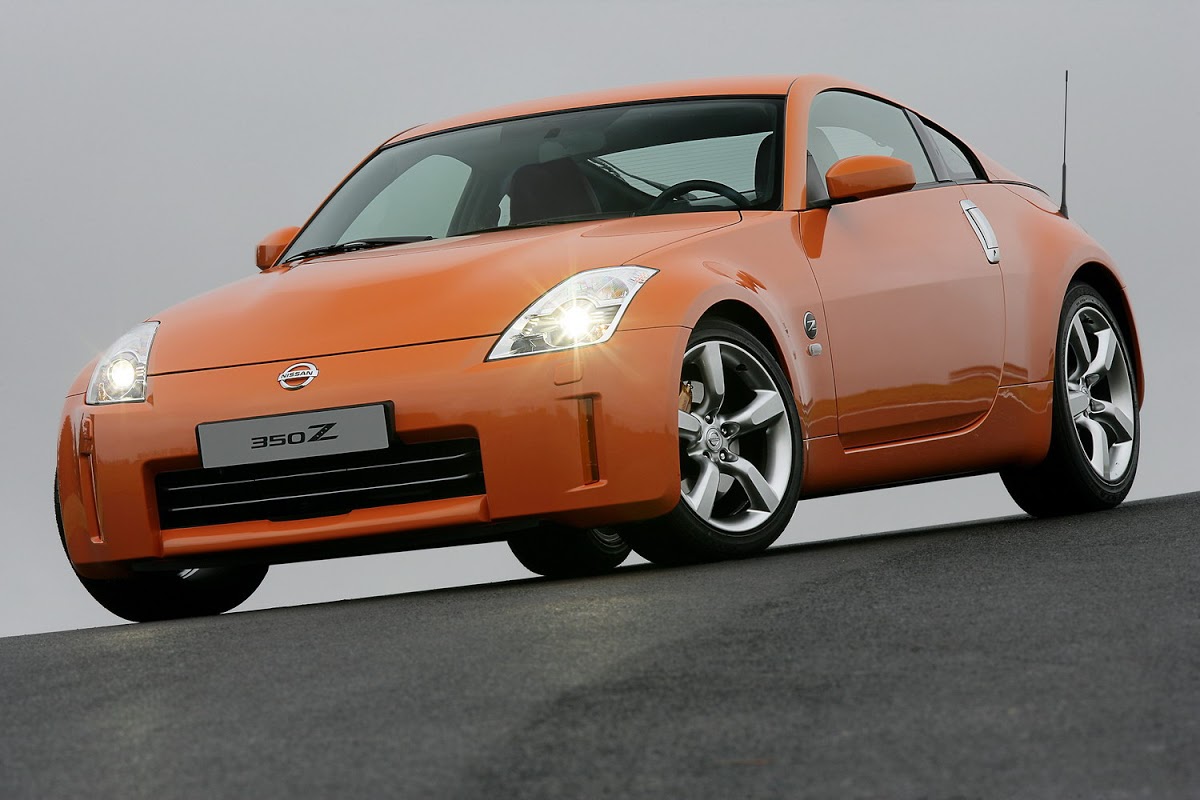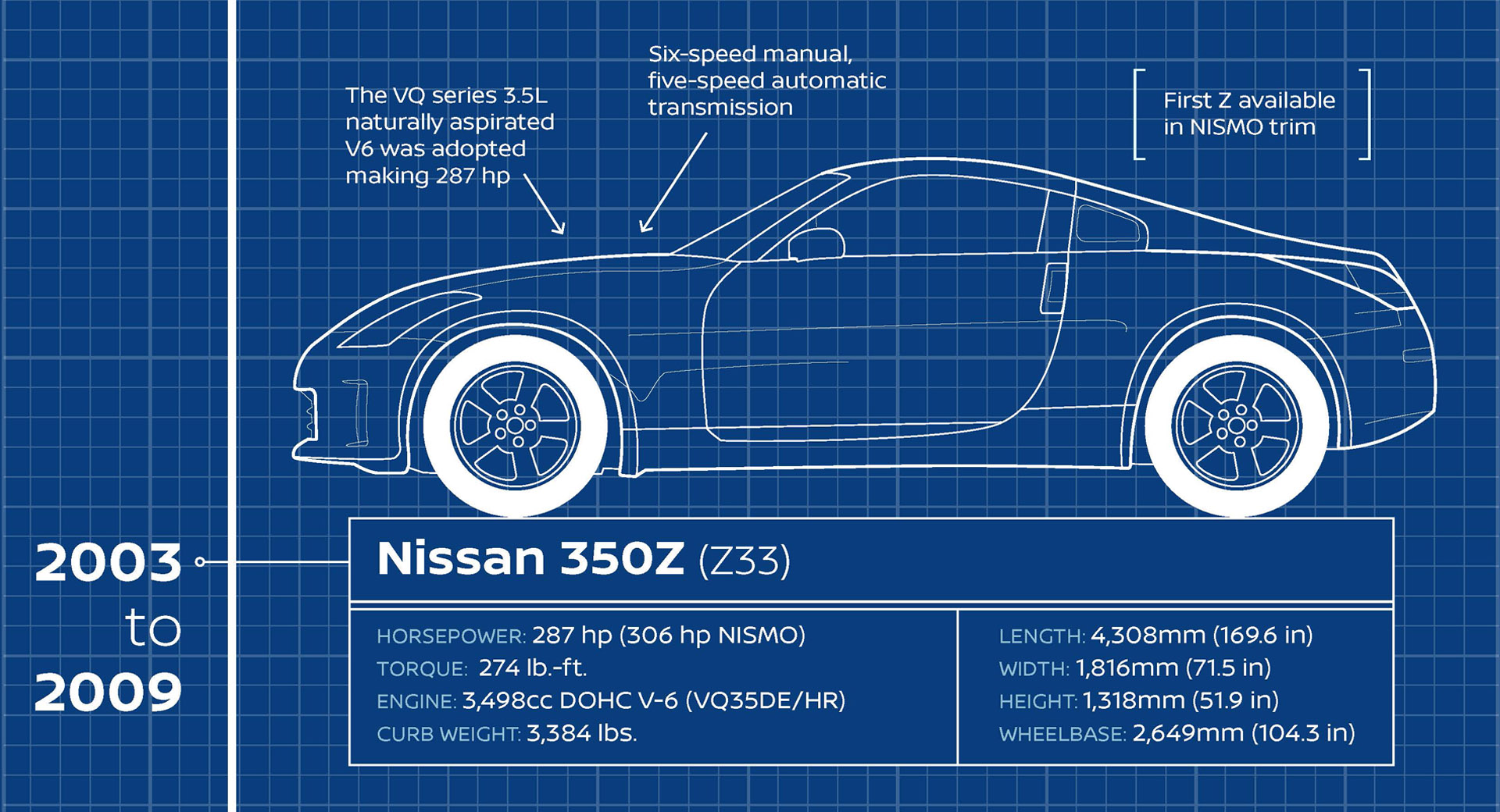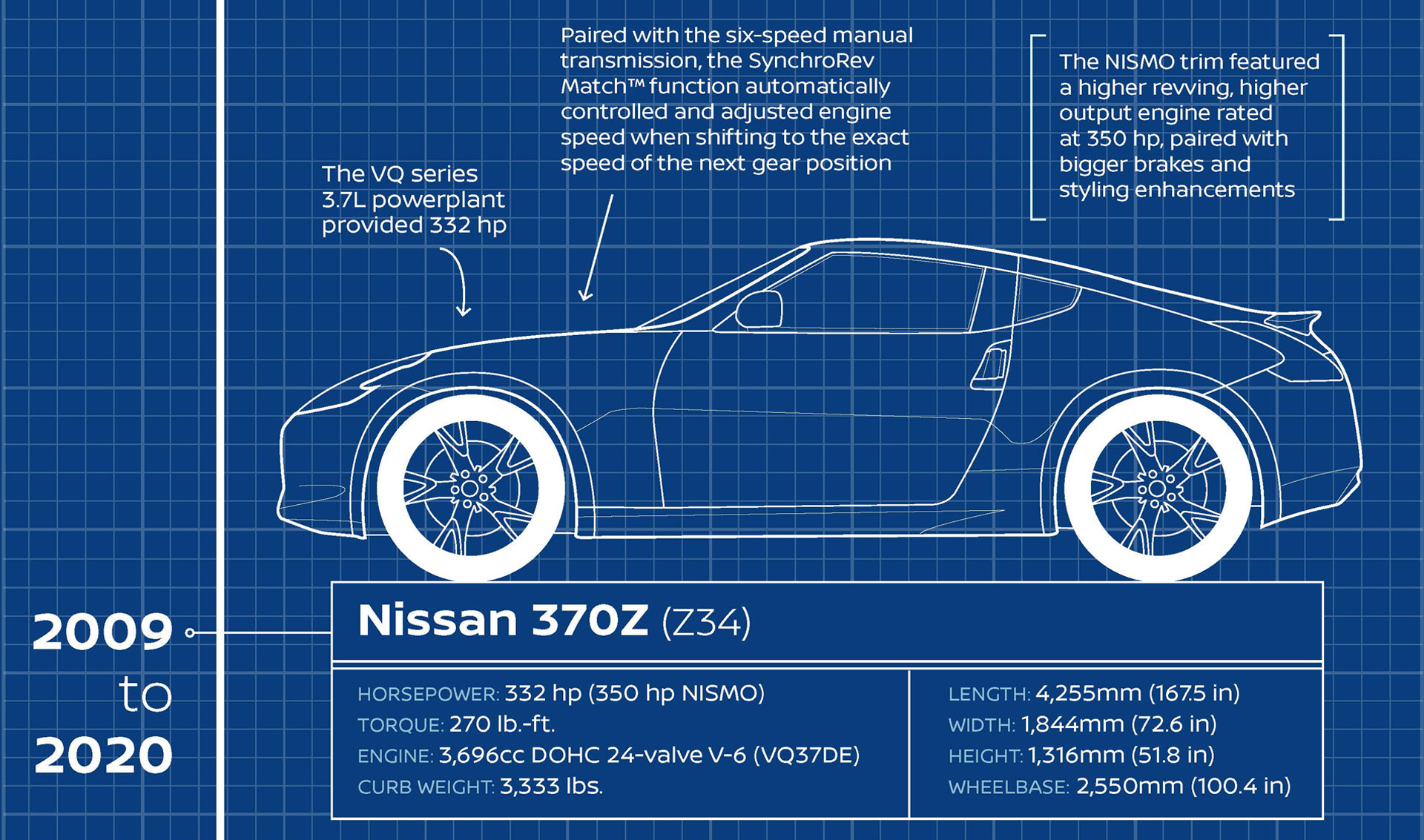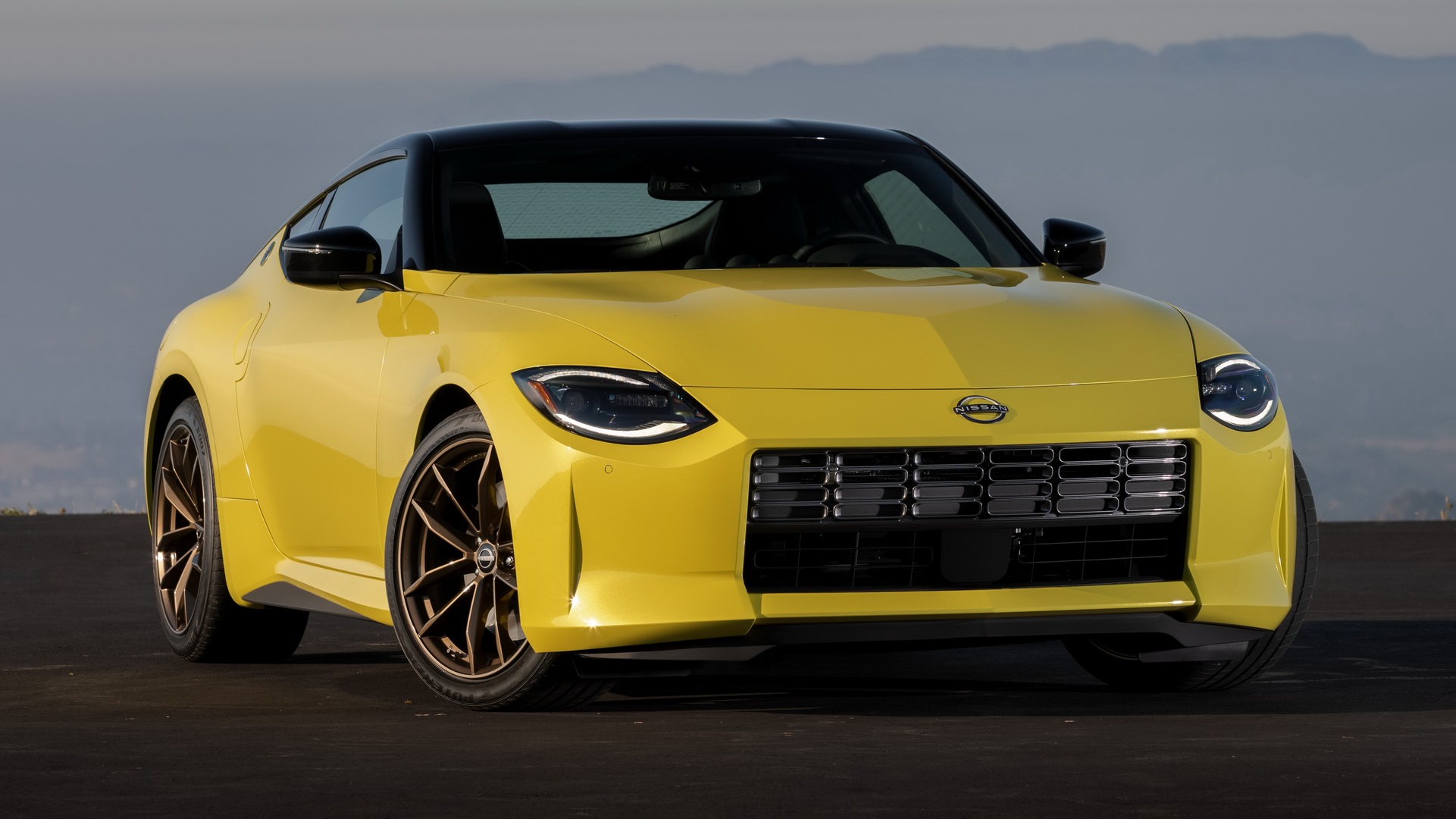In one of the biggest unveilings of the year for petrolheads, Nissan debuted the production version of the new Z Coupe. Delivering all the promises of last year’s Z Proto concept car, the rear-wheel-drive sportscar has a twin-turbo V6 with 400 hp and is available with a manual gearbox. While we do love the new generation, the Japanese model has a legacy of more than 50 years, so we have to consider all options when it comes to deciding which is our favorite Z car.
After the following quick recap of the Nissan Z history, you can tell us which generation of the Japanese sporstcar would be your pick for a long drive on the weekend. Is it the quickest and more technologically advanced model of the bunch or does an older example make you feel more at home when sitting behind the wheel?
Datsun 240Z / 260Z / 280Z (S30)
The first Fairlady Z, known as the Datsun 240Z in the US, was unveiled in 1969. It was one of the most popular sportscars of its time, selling over 520,000 units in its nine-year production run thanks to the combination of attractive styling, good performance, and affordable pricing. The original US-spec 240Z was fitted with a 2.4-liter inline six-cylinder engine producing 151 hp but over the years it evolved to the more powerful 260Z and finally the 280Z with up to 170 hp.
Datsun 280ZX (S130)
A full update to the Z appeared in 1978 in the form of the Datsun 280ZX. Styling was evolutionary, retaining the front-engined rear-wheel-drive proportions with a slightly longer body featuring a more angular design. It came with a two-seater or a 2+2 cabin while a Targa roof became available bringing open-air experience. The new 2.8-liter inline-six engine produced 135-143 hp while a turbocharged variant made 180 hp. The 280ZX enjoyed a four-year production run up to 1983.
Nissan 300ZX (Z31)
In 1983, celebrating the Z’s 50th birthday, Nissan unveiled the 300ZX. The exterior design couldn’t be more fitting to the 80’s with a flat nose and pop-up headlights. Inside it was more luxurious and comfortable than any previous Z, and it even came with a techy digital instrument cluster. What is more important though is that the 300ZX was fitted with the first mass-produced turbocharged V6 engine coming from Japan. The 3.0-liter V6 that replaced the inline-sixes of the previous generations produced 200-205 hp.
Nissan 300ZX (Z32)
While the world was getting ready for the ’90s, Nissan unveiled a fully redesigned version of the 300ZX. The fourth-generation Z brought a fresh styling approach with an aerodynamic shape and futuristic design details. Like its predecessor, it was available in two-seater and 2+2 interior configurations. Under the bonnet, an improved version of the 3.0-liter V6 produced 222 hp in naturally-aspirated form or up to 300 hp when fitted with twin-turbochargers. Besides styling, the biggest advancements came in the chassis setup with multilink suspension in all four wheels, rear-wheel steering, and powerful brakes with four-piston aluminum calipers. The 300ZX enjoyed an 11-year production run from 1989 until 2000 when it was discontinued.
Nissan 350Z (Z33)
Previewed by the Z concept in 2001, the production version of the Nissan 350Z was unveiled in 2002 retaining most of the prototype’s gorgeous styling. The model that brought Z to the 21st century was based on a brand-new chassis retaining the signature front-engined rear-wheel-drive layout, and came with a new naturally-aspirated 3.5-liter V6 producing 287 hp, or 306 hp in the Nismo performance variant. The 350Z was a true modern sportscar available in both coupe and roadster bodystyles with a two-seater cabin. Between 2002 and 2008, Nissan sold more than 250,000 units of the 350Z all over the world.
Nissan 370Z (Z34)
The 370Z debuted in 2009 as an evolution of the 350Z both in terms of design and performance. Compared to its predecessor, it was slightly shorter, wider, and lighter thanks to the more extensive use of aluminum. It came with a more muscular body while retaining the coupe and soft-top roadster bodystyles. The updated naturally aspirated 3.7-liter engine produced 332 hp, or 350 hp in Nismo guise, while the model got an uprated suspension, a redesigned bodywork and beefier brakes. The model enjoyed a 12-year long production run from 2009 to 2021.
Nissan Z
The latest addition to the Nissan Z family is also the fastest and most powerful to date. Considered as one of the last ICE-powered sportscars, the new Z was previewed by the Z Proto concept in 2020 and debuted in production form recently ahead of a 2022 market launch. While it’s based on an improved version of its predecessor’s chassis, it has a fully redesigned body with evolutionary styling and details inspired by previous Z cars, plus a new two-seater cabin filled with modern tech. The 3.0-liter twin-turbocharged V6 produces 400 hp, sending power to the rear wheels through a six-speed manual or a nine-speed automatic.
Read Also: 2023 Nissan Z Coupe Is Coming For Toyota’s Supra With 400HP And A $40,000 Price Tag





